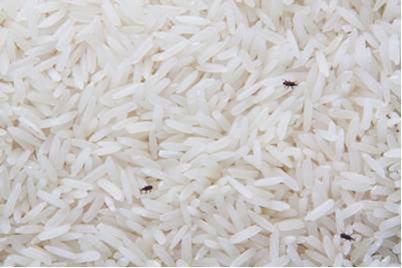Introduction
A food allergy occurs when our immune system mistakenly treats food as dangerous substances and triggers a protective response. As a result, chemicals are released by the body as a defence mechanism, causing symptoms to manifest (hypersensitivity reaction).
Food that causes hypersensitivity reactions in people is known as food allergen. These include food such as eggs, milk, peanuts, fish and shellfish. In Asia, seafood allergy is one of the most common food allergies in adults and children as seafood makes up a large part of our diets.
What are the effects of a food allergy?
Depending on the food involved and the sensitivity of the individuals, symptoms associated with food allergy can appear immediately or take several hours or days to manifest. Symptoms can range from mild irritation to life threatening anaphylaxis and may affect the skin, oral cavity, gastrointestinal tract, respiratory tract or the eyes. Some symptoms include:
Tingling or itching in the mouth
Hives (raised and itchy red rash), itching or eczema
Swelling of face, mouth and other parts of the body
Wheezing or shortness of breath
Abdominal pain, diarrhoea
Nausea, vomiting
Collapse, loss of consciousness, breathing stops (anaphylaxis)
How can consumers tell if food products contain any allergens?
Food safety is a joint responsibility shared between the Government, industry and consumers, Under the Singapore Food Regulations, administered by SFA, prepacked food products containing ingredients that are known to cause hypersensitivity must be declared on food packaging labels. The following known food allergens include:
Cereals containing gluten
Crustacean and crustacean products
Eggs and egg products
Fish and fish products
Peanuts, soybeans and their products
Milk and milk products (including lactose)
Tree nuts and nut products
Sulphites in concentrates of 10mg/kg or more
What steps can I take to prevent a food allergy?
For individuals with food allergies, the best way to prevent a food allergy is to avoid consuming the food products containing the allergen as an ingredient. Consumers can also follow these tips below:
Always check food labels to ensure that the product does not contain the implicated food allergen as an ingredient.
Always check whether a dish contains the implicated food allergen before consuming it when eating at retail establishments.
Avoid potential cross-contact of allergenic and non-allergenic foods during food preparation particularly when there are individuals with food allergies consuming the food.
Seek immediate medical attention if you encounter a severe allergic reaction known as anaphylaxis.
More information on food allergies and labelling requirements can be found at Food Allergy & Intolerance.
References
World Allergy Organization,
https://waojournal.biomedcentral.com/articles/10.1186/1939-4551-7-12



